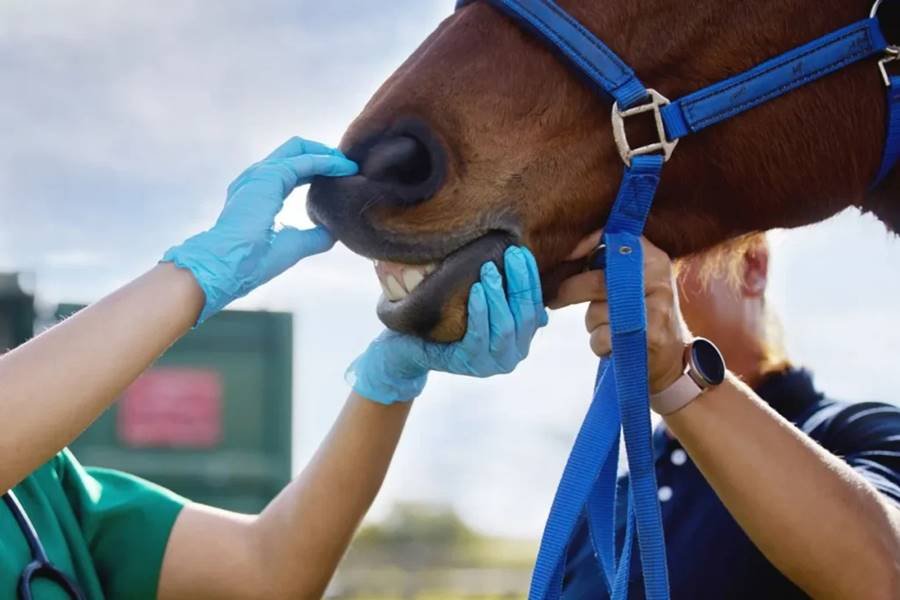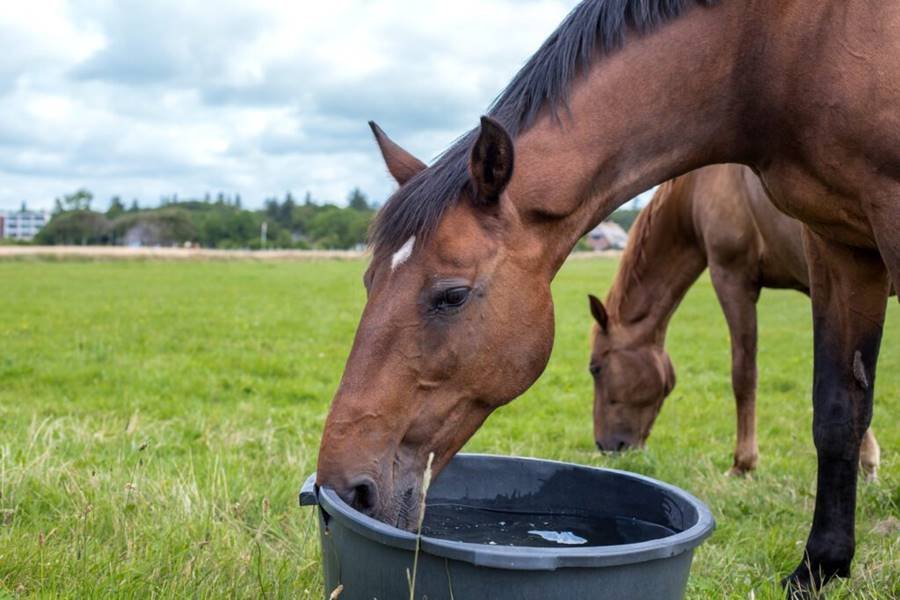If you’ve ever watched your horse go from bright-eyed and energetic to lethargic and off feed in just a day, you know how fast illness can hit—and how helpless it can make you feel.
Equine disease prevention isn’t just a medical checklist; it’s a daily commitment to your horse’s well-being. From viruses to parasites, from hoof infections to respiratory threats, the best way to fight disease is to prevent it from showing up in the first place.
And the truth is, prevention isn’t complicated. It’s about consistency, awareness, and good old-fashioned barn smarts. Let’s break it down in a way that makes it feel doable—and even empowering.
Why Prevention Beats Treatment Every Time
Caring for a sick horse can be expensive, emotionally draining, and time-consuming. Treatments may include medications, stall rest, isolation, vet visits, and lost riding time. But beyond the inconvenience, some diseases can cause long-term damage—or even be fatal.
That’s why prevention is more than practical—it’s a sign of true horsemanship. You’re not just reacting to problems; you’re staying one step ahead.
1. Vaccinations: Your Horse’s First Line of Defense
Just like with humans, vaccinations protect horses from the most dangerous and contagious diseases. Work with your vet to develop a vaccine plan based on:
- Age
- Location and climate
- Lifestyle (traveling, showing, breeding)
- Herd exposure
Core vaccines typically include:
- Tetanus
- Eastern/Western Equine Encephalomyelitis (EEE/WEE)
- West Nile Virus
- Rabies
Risk-based vaccines depend on exposure and may include:
- Equine Influenza
- Equine Herpesvirus (EHV)
- Strangles
- Potomac Horse Fever
- Botulism
Stay up to date annually—and always vaccinate new horses before introducing them to your herd.
2. Quarantine and Biosecurity: Keep the Bugs Out
Quarantine might sound like a big, scary word, but it simply means isolating new or sick horses to protect the rest of the herd. Disease can spread through:
- Direct contact (nose-to-nose)
- Shared water or feed
- Grooming tools or tack
- Clothing and hands of caretakers
Biosecurity basics:
- Isolate new horses for at least 14 days
- Use separate water buckets, feed bins, and equipment
- Disinfect tools, stalls, and trailers regularly
- Wash hands and change clothes if handling sick or unknown horses
You don’t need a high-tech setup—just a separate area and a mindful routine can go a long way.
3. Parasite Control: Deworm with Purpose, Not on Autopilot
Parasite resistance is a growing problem in the equine world. Gone are the days of rotating dewormers every few months “just because.” Now, the focus is on targeted deworming based on fecal egg counts and risk factors.
Here’s how to get it right:
- Do a fecal egg count (FEC) at least once or twice a year
- Treat only when necessary, based on your vet’s guidance
- Focus on pasture management: clean up manure regularly, avoid overcrowding, and rotate pastures if possible
This approach helps preserve dewormer effectiveness and keeps your horse’s gut healthier in the long run.
4. Hygiene & Clean Barn Habits: Small Actions, Big Impact
Sometimes, the simplest habits are the most powerful disease-fighters.
Everyday actions like:
- Cleaning water buckets and feed bins regularly
- Keeping stalls dry and well-bedded
- Disinfecting grooming tools, bits, and tack
- Controlling flies and rodents
…can drastically reduce the risk of infection. A clean barn is a healthy barn.
5. Regular Vet Checks: Don’t Wait for Trouble
Your veterinarian is your best ally in disease prevention. Annual wellness exams help spot small issues before they grow into big ones.
Ask your vet about:
- Dental exams (often overlooked!)
- Fecal testing and parasite plans
- Heart and respiratory checks
- Body condition scoring
Preventive care is cheaper and easier than emergency care—every single time.
6. Hoof, Skin, and Respiratory Care: The Overlooked Zones
Diseases don’t just hit the gut or immune system. Skin and hooves are often the first signs of something off.
- Thrush and white line disease thrive in wet, dirty environments.
- Rain rot and fungal infections can spread quickly in group grooming or dirty blankets.
- Coughing or nasal discharge might be early signs of a respiratory issue—not just “dust.”
Don’t ignore the little things. They’re often whispers before the storm.
7. Nutrition and Stress Management: Build Immunity from Within
A horse’s immune system is like a shield—and that shield is only as strong as the horse’s overall health. Good nutrition and a low-stress environment can work wonders.
- Feed a balanced diet with quality forage and minerals
- Provide fresh, clean water 24/7
- Avoid sudden changes in feed or routine
- Give horses turnout time and companionship (remember the 3Fs!)
A happy horse is often a healthier horse.
Final Thoughts: Be Your Horse’s Guardian
Your horse can’t say, “I don’t feel good.” They rely on your eyes, your hands, your habits, and your heart to protect them.
Equine disease prevention isn’t about fear—it’s about awareness, preparation, and daily care. And when you do it well, you don’t just avoid sickness—you build trust, longevity, and the kind of partnership every horse deserves.
Because a healthy horse isn’t just a blessing.
It’s a reflection of the love you put in, day after day.




